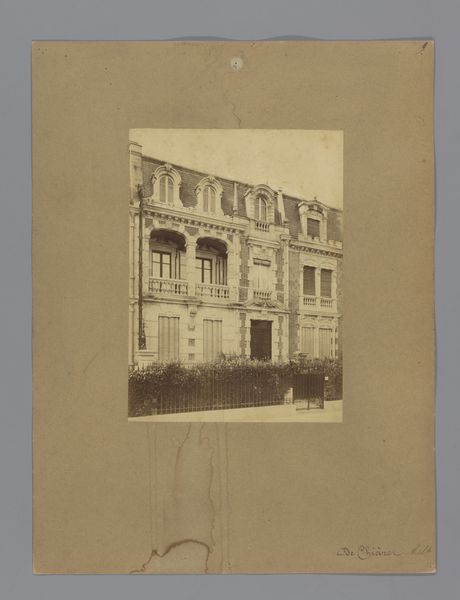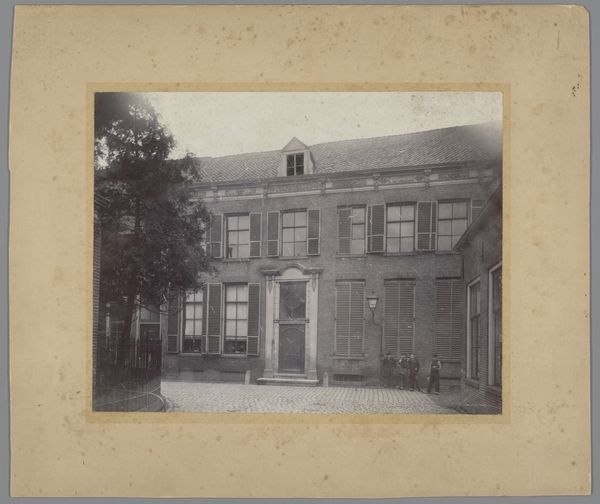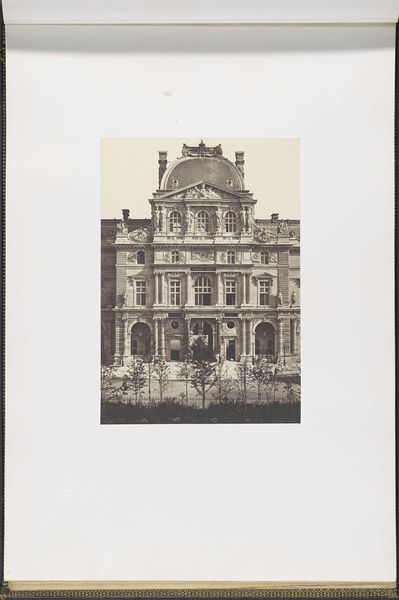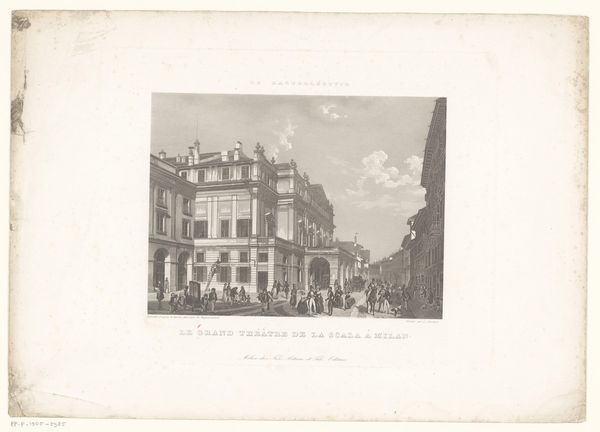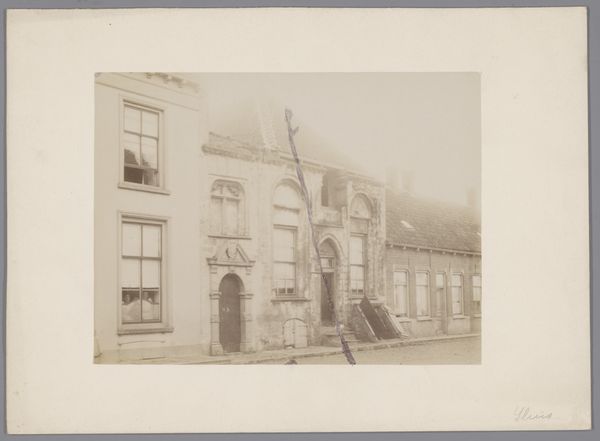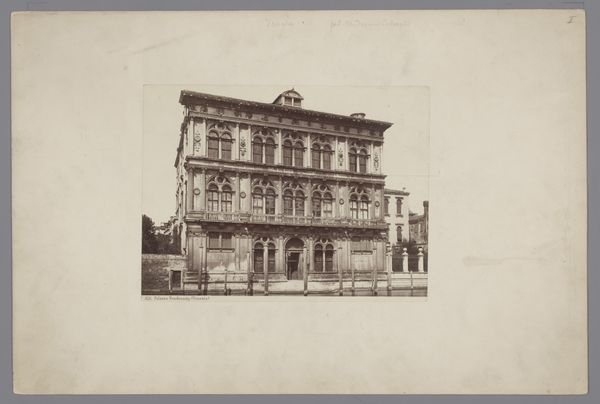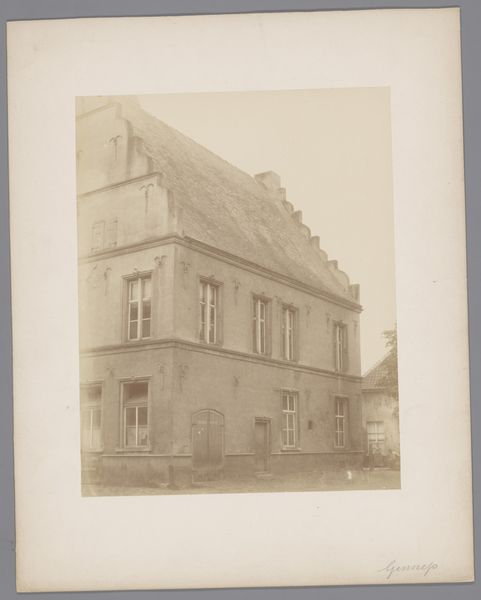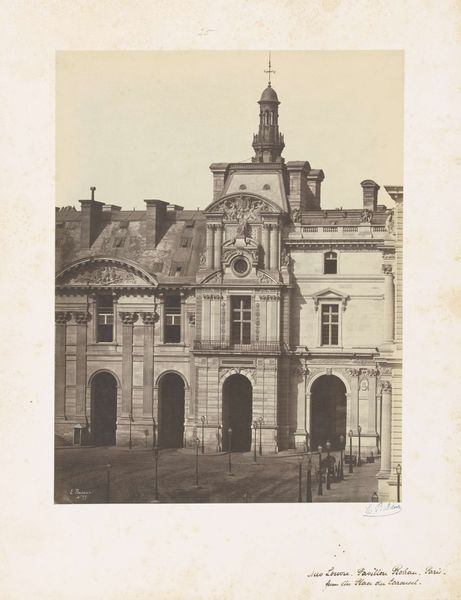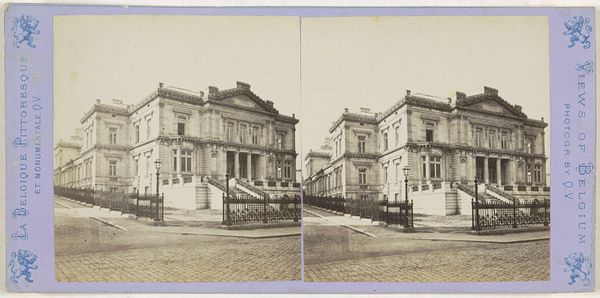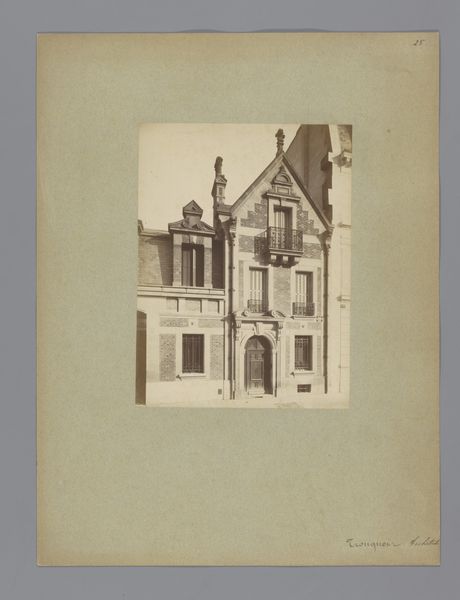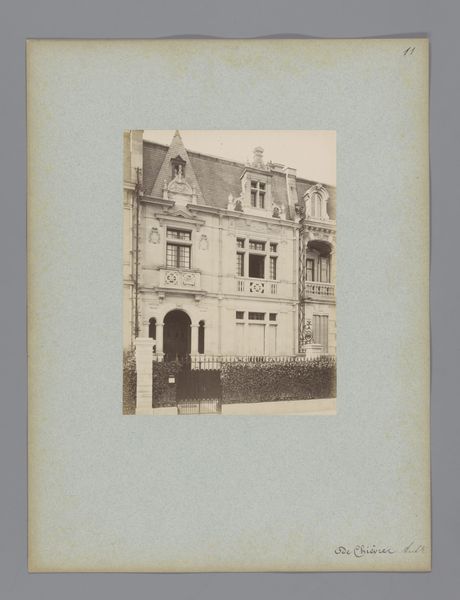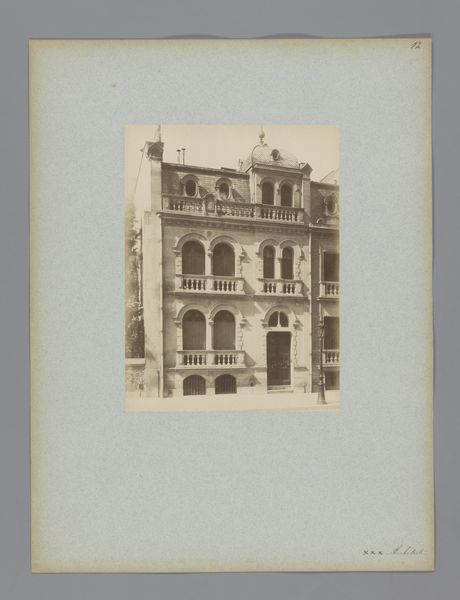![[Street Scene, Paris] by William Henry Fox Talbot](/_next/image?url=https%3A%2F%2Fd2w8kbdekdi1gv.cloudfront.net%2FeyJidWNrZXQiOiAiYXJ0ZXJhLWltYWdlcy1idWNrZXQiLCAia2V5IjogImFydHdvcmtzLzE1Yzg2ZjRjLTkxMzAtNDY0Ni05MGYyLWYyMWQxZTgzZGUxZC8xNWM4NmY0Yy05MTMwLTQ2NDYtOTBmMi1mMjFkMWU4M2RlMWRfZnVsbC5qcGciLCAiZWRpdHMiOiB7InJlc2l6ZSI6IHsid2lkdGgiOiAxOTIwLCAiaGVpZ2h0IjogMTkyMCwgImZpdCI6ICJpbnNpZGUifX19&w=3840&q=75)
print, daguerreotype, photography
#
print photography
#
tree
# print
#
daguerreotype
#
photography
#
romanticism
#
cityscape
#
street
#
building
Dimensions: 16.8 x 17.2 cm. (6 5/8 x 6 3/4 in.)
Copyright: Public Domain
Curator: It’s astonishing to think we’re looking at a daguerreotype from 1843. This is William Henry Fox Talbot's *Street Scene, Paris*, now in the collection of the Metropolitan Museum of Art. It offers a glimpse into a Parisian streetscape of the time. Editor: There’s a haunting stillness. Despite it depicting a street, an incredibly *busy* site by definition, the overwhelming sensation is one of serene immobility. The figures, they seem blurred like ghosts, and even the building takes on a weighty permanence because of that contrast. Curator: The slowness is inherent to the daguerreotype process, which demanded long exposure times, anything moving would disappear into a blur, wouldn't it? The photograph itself becomes a powerful symbol of a moment captured, even though that moment is idealized and constructed through the technological constraints of the time. Editor: Consider the materials and labour involved. Silver-plated copper, meticulously prepared, polished to a mirror finish... then exposed, developed with mercury fumes, and gilded. The preciousness of the object reinforces the significance they imbued in this new method of capturing reality, even for a street scene. The high sheen is meant to elevate even the everyday. Curator: Precisely. And the building itself – its neo-classical façade with those perfect Roman columns—speaks volumes about the aspirations and aesthetics of the period, evoking a cultural memory of the classical era and imposing that image upon burgeoning modern life. Note too the carriages, a new form of transit implying access and movement. It represents modernism emerging from classicism. Editor: And the Romanticists would co-opt classical imagery, wouldn't they? What did it mean to take to the streets as an artistic subject? What class and other anxieties of modernism does that photograph allude to? And to think it's now presented within the institution, framed and lit… that too is part of how we interact with it as artifact today. Curator: Indeed. I appreciate the many ways an image gains significance. Thanks for this analysis, that helps unpack the richness of Talbot’s work! Editor: It highlights how technology is embedded with meaning and intention, more than simply “capturing” reality. An apt image for that consideration.
Comments
No comments
Be the first to comment and join the conversation on the ultimate creative platform.
